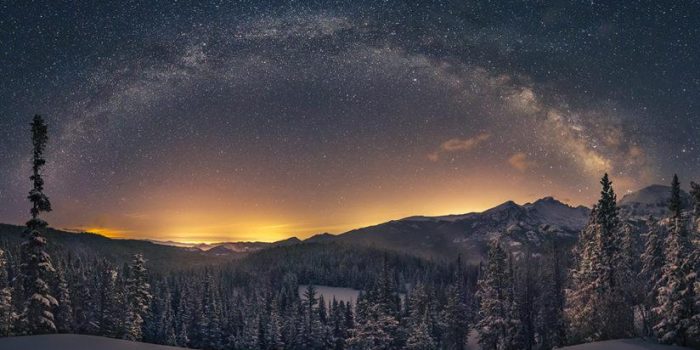Night photography often proves to be a challenging task for many aspiring photographers. While few of the experts in this field like Mohsen Motamedian have a deep-seated passion for the subject and are constantly striving to improve their technical and creative abilities, those who are more familiar with daytime photography are often unaware of the need to adapt or even disregard established photography rules when photographing at night.
To help you get used to being out in the dark, Mohsen Motamedian USA suggests several key pointers for Night photography.
1. Don’t be scared to Discover New Horizons
When setting up a camera for the first time, details regarding the exposure comes as the most often asked question. Using aperture and shutter speed to their fullest potential at night is a mind-boggling experience that requires a basic grasp of the operations of these two elements of photography.
As per Max Motamedian export, it’s a misconception that photography is a precise science, yet nocturnal photography allows an opportunity to experiment and explore. So, instead of frothing at the mouth and blindly following someone else’s exposure recommendations, experiment with all the settings on your camera.
2. when determining exposure, use high ISO testing
Using a technique known as High ISO Testing, you may determine exposures from scratch. As indicated by Mohsen Motamedian Washington USA, your exposure time will be halved for every full stop you increase your ISO dial and every full stop you open the aperture notch of your lens.
Assume you increased your ISO to 6400, which is a 6x improvement over ISO 100, and that you also expanded your aperture all the way to f/2.0, resulting in an increase in light output from an f/8.0 aperture setting.
These settings may produce an image with undesirable contrast, increased grain, and a shallow depth of field, but by shooting an exposure bracket to select a properly exposed histogram at these settings, you can save time while still obtaining a quality image.

3. Make Sure You Know and Memorize the Gears Beforehand
Changing camera settings or accessing the menu is significantly more difficult at night, not to mention finding the buried camera accessories in your backpack. Even in low-light situations, it’s critical to familiarise yourself with your camera’s controls and menu options before venturing into the darkness.
Mohsen Motamedian recommends that you use a manual mode on your camera and lens for nighttime photography. If you’re going to be forging new territory with this, practise using the manual features of your gear in low-pressure situations so that you’ll be able to operate calmly and efficiently when the going gets tough.
4. Know where you’re going and do some researches before you get there.
Night photography has the unfortunate side effect of making everything look like something out of a science fiction film, making it difficult to focus on a single composition or subject. This difficulty may be avoided by familiarizing oneself with your destination, preferably by scouting the location in advance.
Get there before sunset so that you can set up and take advantage of the magic hour light. A better grasp of how light conditions affect a scene will be gained from this.
Prevent the onset of darkness by getting to the location an hour or two before the sun goes down. Additionally, you’ll get more familiarity with the area and how to maneuver around in the dark with less chance of harm or damage to your equipment or yourself in addition to being able to capture beautiful sunsets and twilight effects.
5. Adjust your photography to deal with high contrast levels and colour casts
Photographing at night necessitates a lot of exposure time spent in environments with intense contrast and a wide range of colour casts. This is why it’s critical to shoot in RAW format, so that you can fine-tune the contrast and white balance in post-production more easily.
Mohsen Motamedian USA suggests that the white balance may be manually changed to a specified Kelvin temperature for optimal colour management. The cool blue tungsten colour (3200K) that many people associate with nocturnal photographs may be achieved with this technique.
